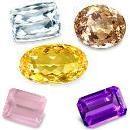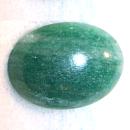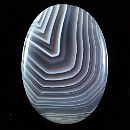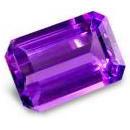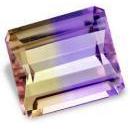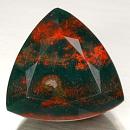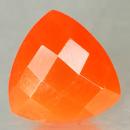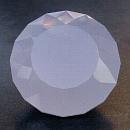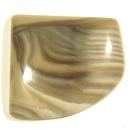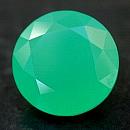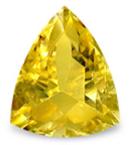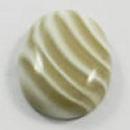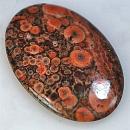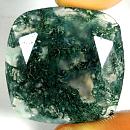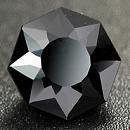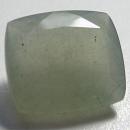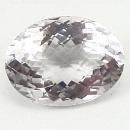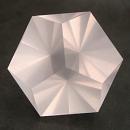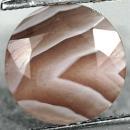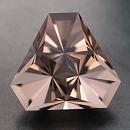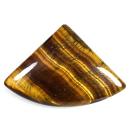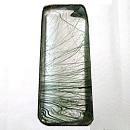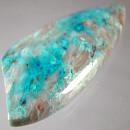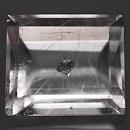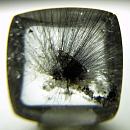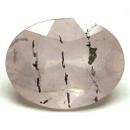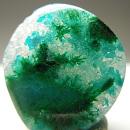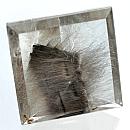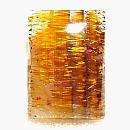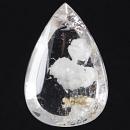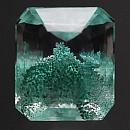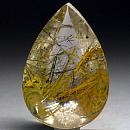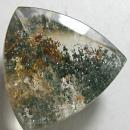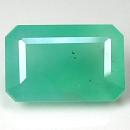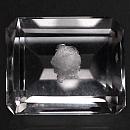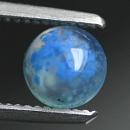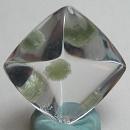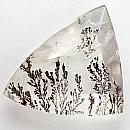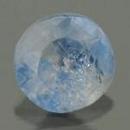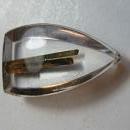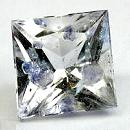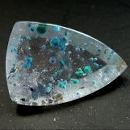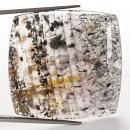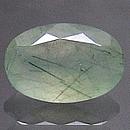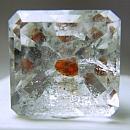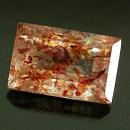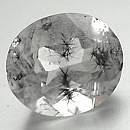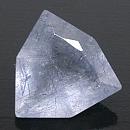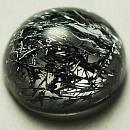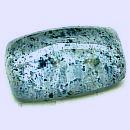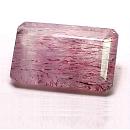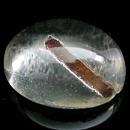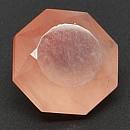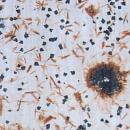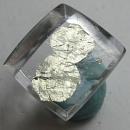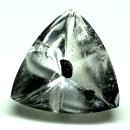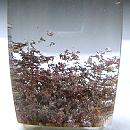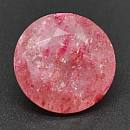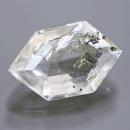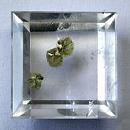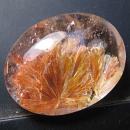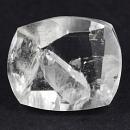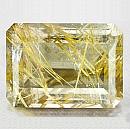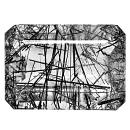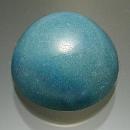|
|
||||||||||||||||
|
||||||||||||||||
|
||||||
|
|
|
|
Quartz
Family |
|
| | |
| Prehistoric Discovery; IMA status: Valid (pre-IMA; Grandfathered) | ||
|
| ||
|
Chemistry |
|
|
| |
|
SiO2 | |
|
|
Silicon Dioxide |
|
Molecular Weight: |
60.08 gm |
|
Composition: |
Silicon |
46.74 % |
Be |
100.00 % |
SiO2 |
|
|
Oxygen |
53.26 % |
O |
|
|
|
|
|
100.00 % |
|
100.00 % |
= TOTAL OXIDE |
|
|
|
||||
|
Classification |
|
|
| |
|
Oxides | |
|
4/D.01-10 | |
|
|
4 : OXIDES (Hydroxides, V[5,6] vanadates, arsenites, antimonites,
bismuthites, sulfites, selenites, tellurites, iodates) |
|
Related to: |
Polymorph
of Coesite, Cristobalite, Mogánite, Seifertite, Stishovite, Tridymite.
Isostructural with Berlinite. |
|
Varieties: |
Abakusz-kö,
Agate, Agate-Jasper, Agatized coral, Amarillo Stone,
Amberine, Amethyst, Ametrine, Apricotine, Arkansas Candle,
Aventurine, Azurchalcedony, Babel-Quartz, Ball Jasper,
Basanite, Bayate, Beekite, Binghamite, Bloodstone, Blue Chalcedony,
Blue Lace Agate, Blue Quartz, Botswana Agate, Brazilian Pebble,
Brecciated Agate, Bristol Diamonds, Buhrstone, Bull Quartz,
Burnt Amethyst, Cactus Quartz, Cape May Diamonds, Capped Quartz,
Carnelian, Chalcedony, Chrome-Chalcedony, Chrysojasper,
Citrine, Clear Lake Diamonds, Cloud Agate, Cotterite,
Crazy Lace Agate, Creolite, Cubosilicite, Dallasite,
Damsonite, Darlingite, Dendritic Agate, Diackethyst,
Dragonite, Egyptian Jasper, Eisenkiesel, El Doradoite,
Enhydro Agate, Eye Agate, Fairburn Agate, Fensterquarz,
Ferruginous Quartz, Fire Agate, Fortification Agate,
Fossil Agate, Gwindel, Haema-ovoid-agates, Hair Amethyst,
Haytorite, Hedgehog Stone, Herbeckite, Herkimer Diamond,
Herradura Diamonds, Iris Agate, Iris Quartz, Irnimite,
Jacinto de Compostela Quartz, Jasper, Keystonite Chalcedony,
Kinradite, Laguna Agate, Lake County Diamonds, Lake Superior Agate,
Landscape Agate, Lithium Quartz, Marmaroscher Diamanten,
Mexican Lace Agate, Milky Quartz, Mocha Stone, Moss Agate,
Mutzschen Diamonds, Myrickite, Nipomo Agate, Oil Quartz,
Onyx, Owyhee Jasper, Pastelite, Pietersite, Pigeon Blood Agate,
Plasma, Plume Agate, Prase, Prase-malachite, Prasiolite,
Pseudocubic Quartz, Quartzine, Quetzalitztli, Riband Agate
|
|
Synonyms: |
α-Quartz, Alpha-Quartz, Azetulite, Azeztulite, β-Quartz (of Geophys. Lab), Brazillian Pebble, Conite (of Macculloch), Cornish Diamond, Konilite, Lemurian Seed Crystal, Lodolite, Low Quartz, Mexican Diamond, Quartz-alpha, Quartz-α, Quertz |
|
|
|
|
Crystal Data |
|
|
|
|
|
Widely variable; but typically long prismatic with steep pyramidal terminations, but may be short prismatic to nearly bipyramidal; fibrous (Agate & Chalcedony) |
|
|
Very common, penetration twins on the Dauphiné law, about [0001], and the Brazil law, with [1120] as contact plane; contact twins on the Japan law, with [1122] as contact plane, may be repeated; and several other laws. |
|
|
|
|
|
Physical Properties |
|
|
|
|
|
[0110] Indistinct |
|
|
Conchoidal |
|
|
Brittle, tough when massive |
|
|
7.0 |
|
|
2.60 - 2.65 (g/cm3) |
|
|
Fluorescent;
Shortwave UV = yellow-orange, Longwave UV = yellow-orange.
|
|
|
Not Radioactive |
|
|
Other: |
Piezoelectric and Pyroelectric and may be Triboluminescent |
|
|
|
|
Optical Properties |
|
|
|
|
|
Colorless, white, gray, and many shades of violet, purple, yellow, orange, red, brown, pink, green, blue and black |
|
|
Transparent to nearly Opaque |
|
|
Vitreous, waxy to dull when massive |
|
|
1.543 - 1.554 Uniaxial ( + ) |
|
|
0.0090 |
|
|
0.013 (low) |
|
|
Quartz: none; Amethyst: weak; Citrine: weak; Rose Quartz: strong |
|
|
|
|
|
Occurances |
|
|
|
|
|
Geological Setting: |
In hydrothermal veins, epithermal to alpine; characteristic of granites and granite pegmatites; in sandstones and quartzites, less abundant in other rock types; in hydrothermal metal deposits. Common in carbonate rocks; a residual mineral in soils and sediments. |
|
Common Associations: |
Calcite, Chlorite, Epidote, Feldspars, Fluorite, Micas, Zeolites, many other species. |
|
Type Locality: |
n/a |
|
Year Discovered: |
Prehistoric |
|
View mineral photos: | |
|
|
|
|
More Information |
|
|
|
|
|
| |
|
|
|
|
|
|
|
|
|
|
Quartz
varieties |
|
|
|
|
|
|
|
|
|
||||
|
|
|
|
|
|
|
||||
| Adventurine |
|
Agate |
|
Amethyst |
|
Ametrine | ||||
|
|
|
|
|
|
|
|
||||
|
|
|
|
|
|
|
||||
| Bloodstone |
|
Carnelian |
|
Chalcedony |
|
Chert | ||||
|
|
|
|
|
|
|
|
||||
|
|
|
|
|
|
|
||||
| Crysoprase |
|
Citrine |
|
Flint |
|
Jasper | ||||
|
|
|
|
|
|
|
|
||||
|
|
|
|
|
|
|
||||
| Moss Agate |
|
Onyx |
|
Prase |
|
Quartz | ||||
|
|
|
|
|
|
|
|
||||
|
|
|
|
|
|
|
||||
| Rose Quartz |
|
Sardonyx |
|
Smoky Quartz |
|
Tiger Eye | ||||
|
|
|
|
|
|
|
|
|
|
|
|
Inclusions
in Quartz
|
|
|
|
| |
|
